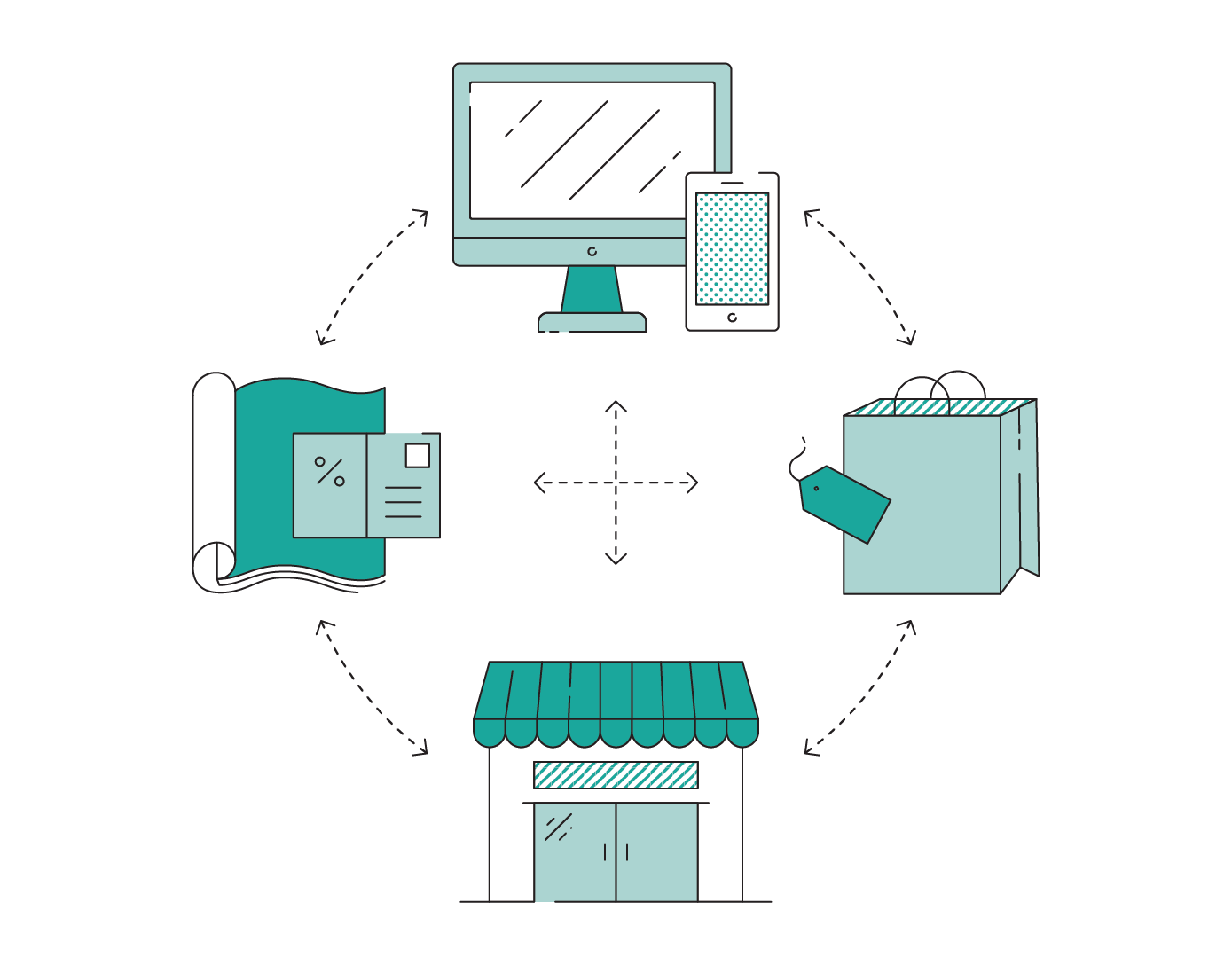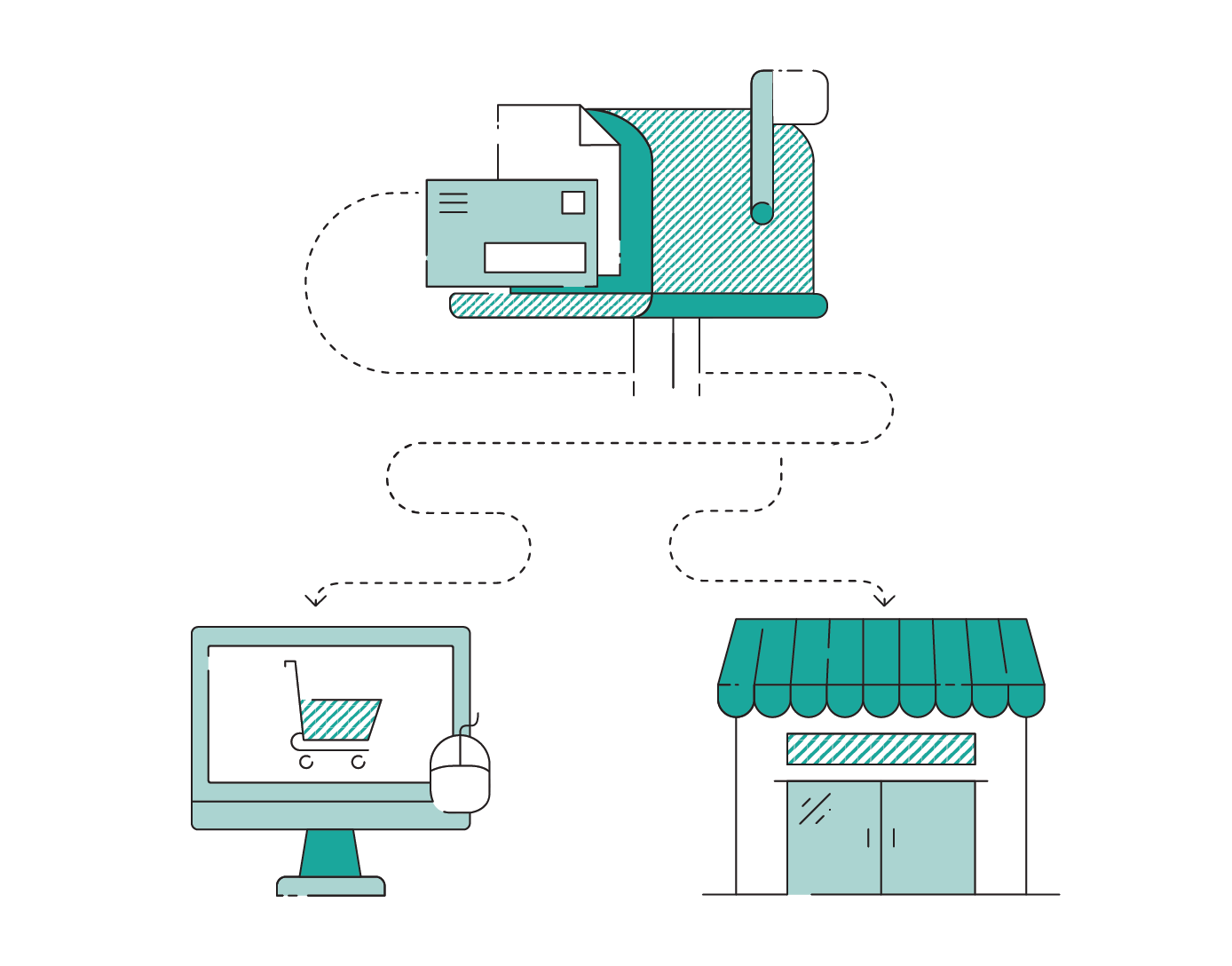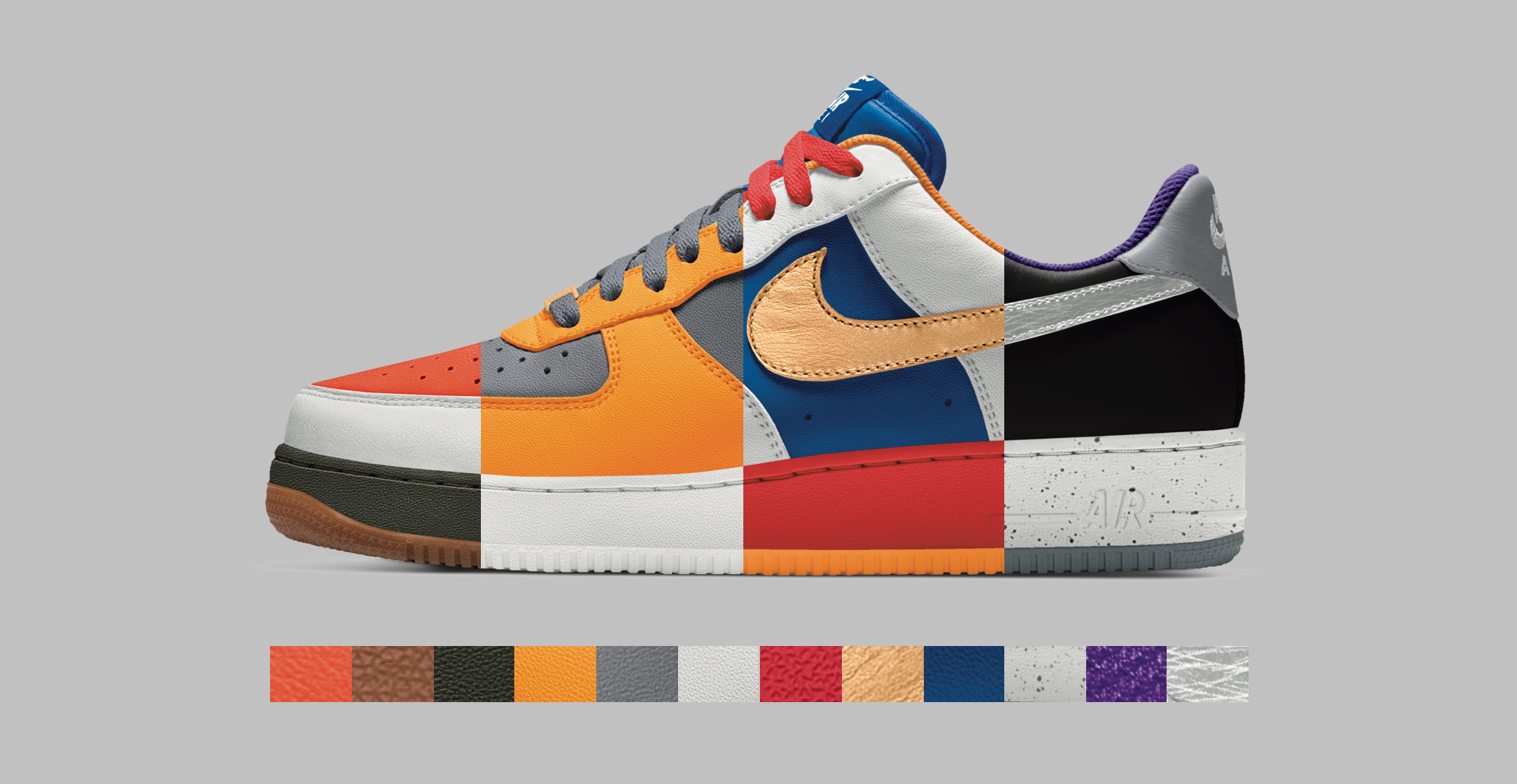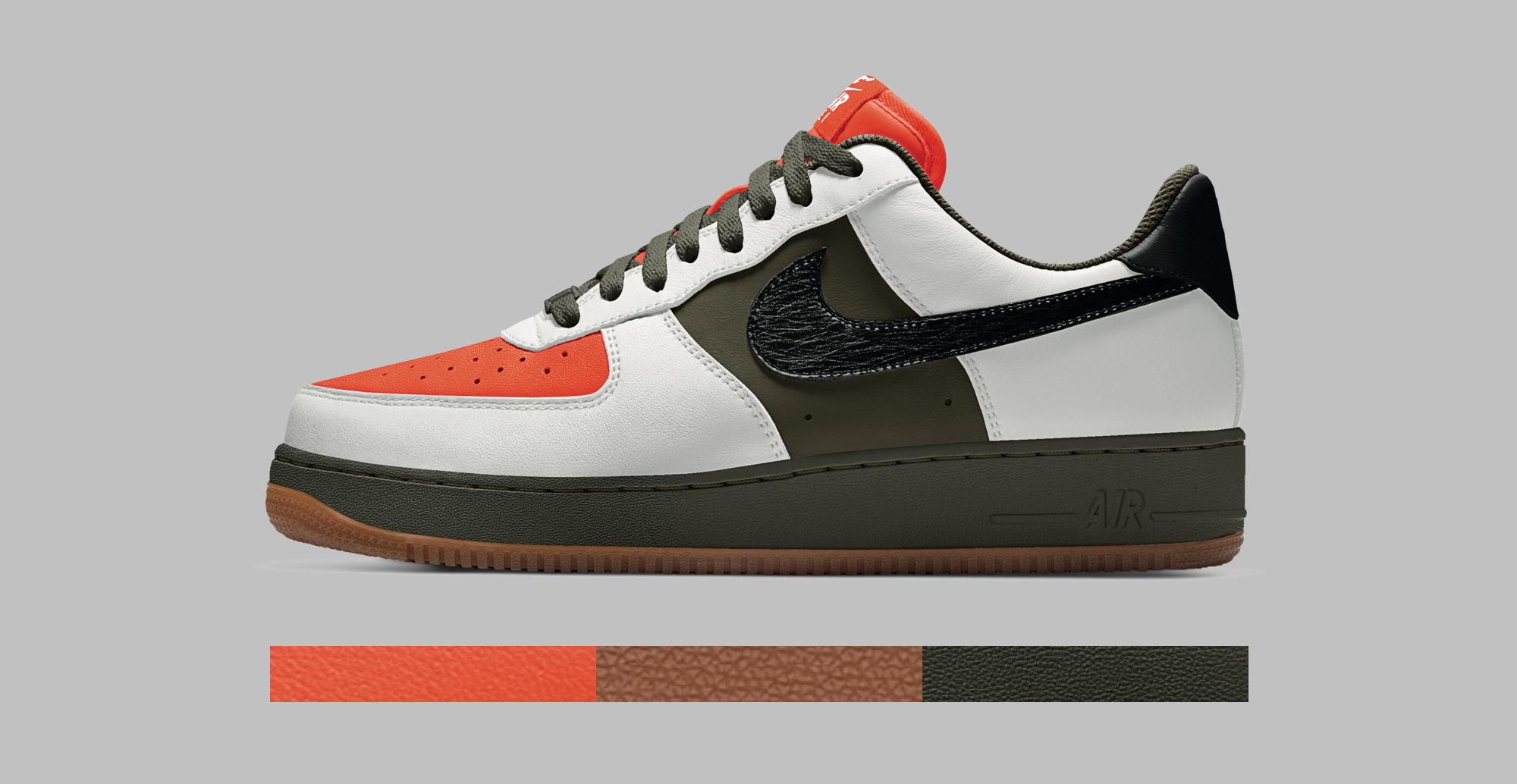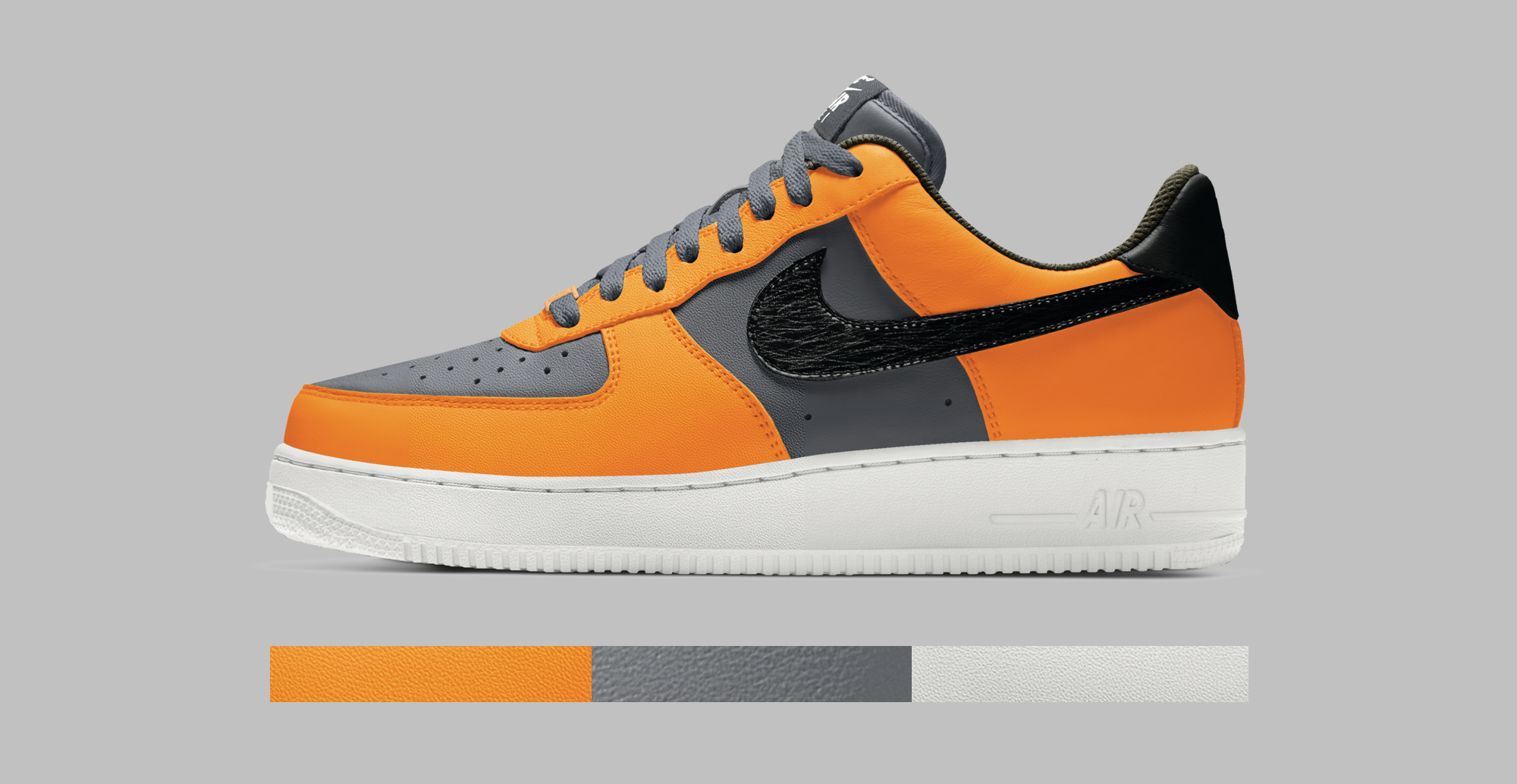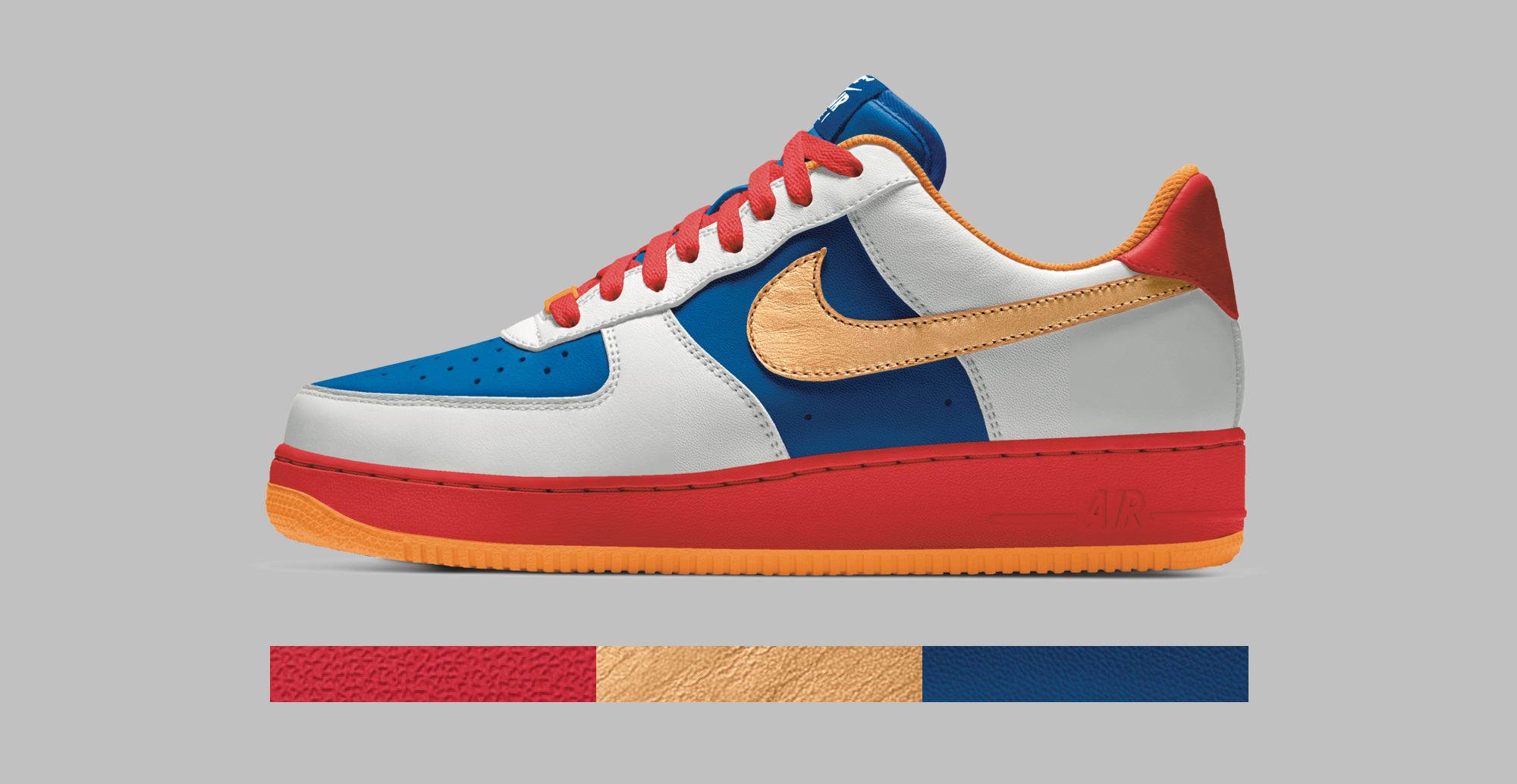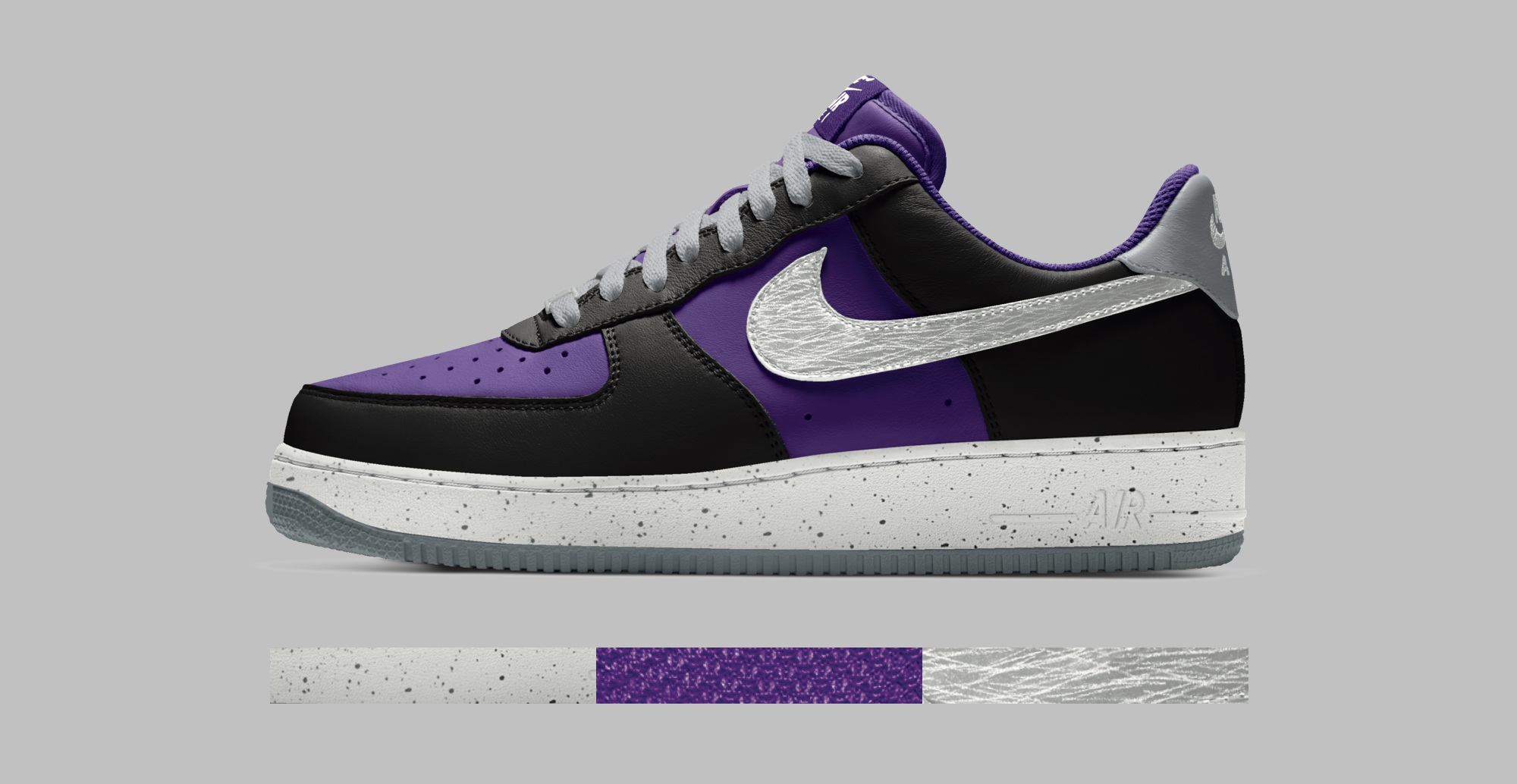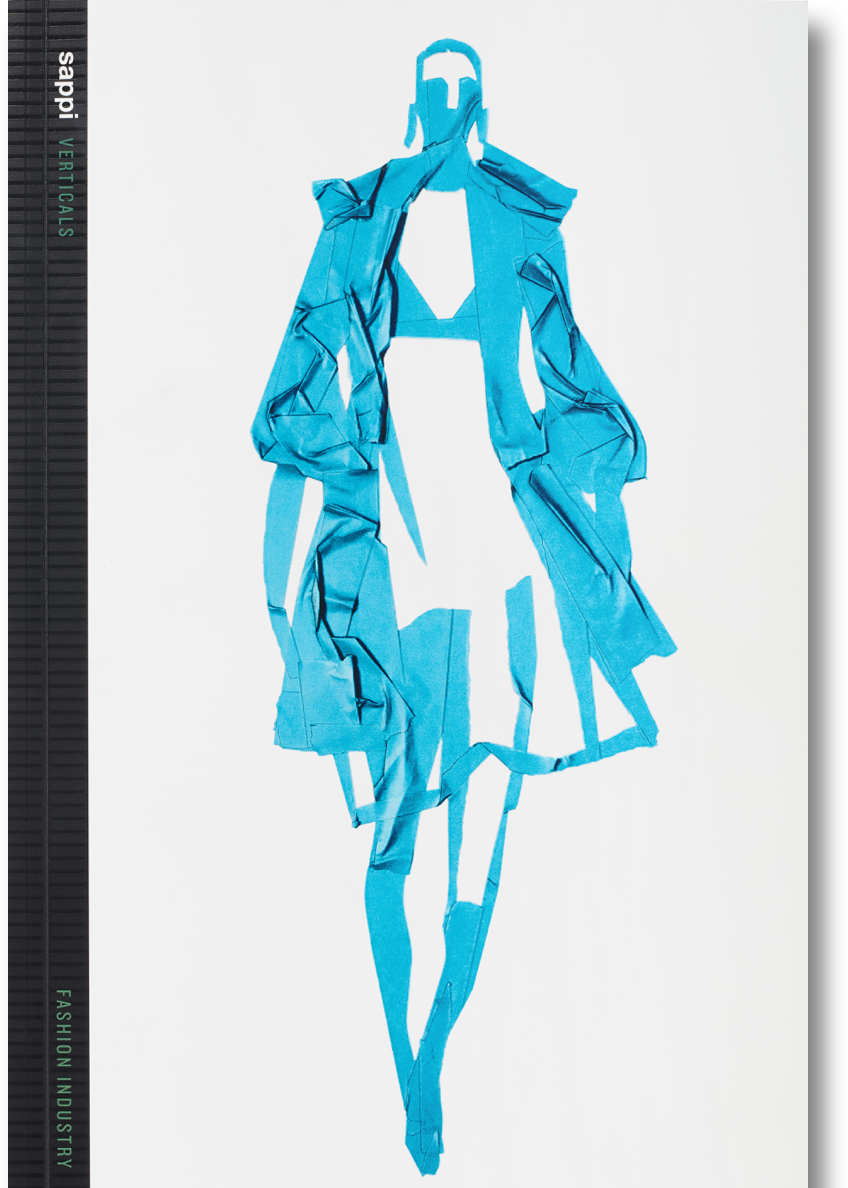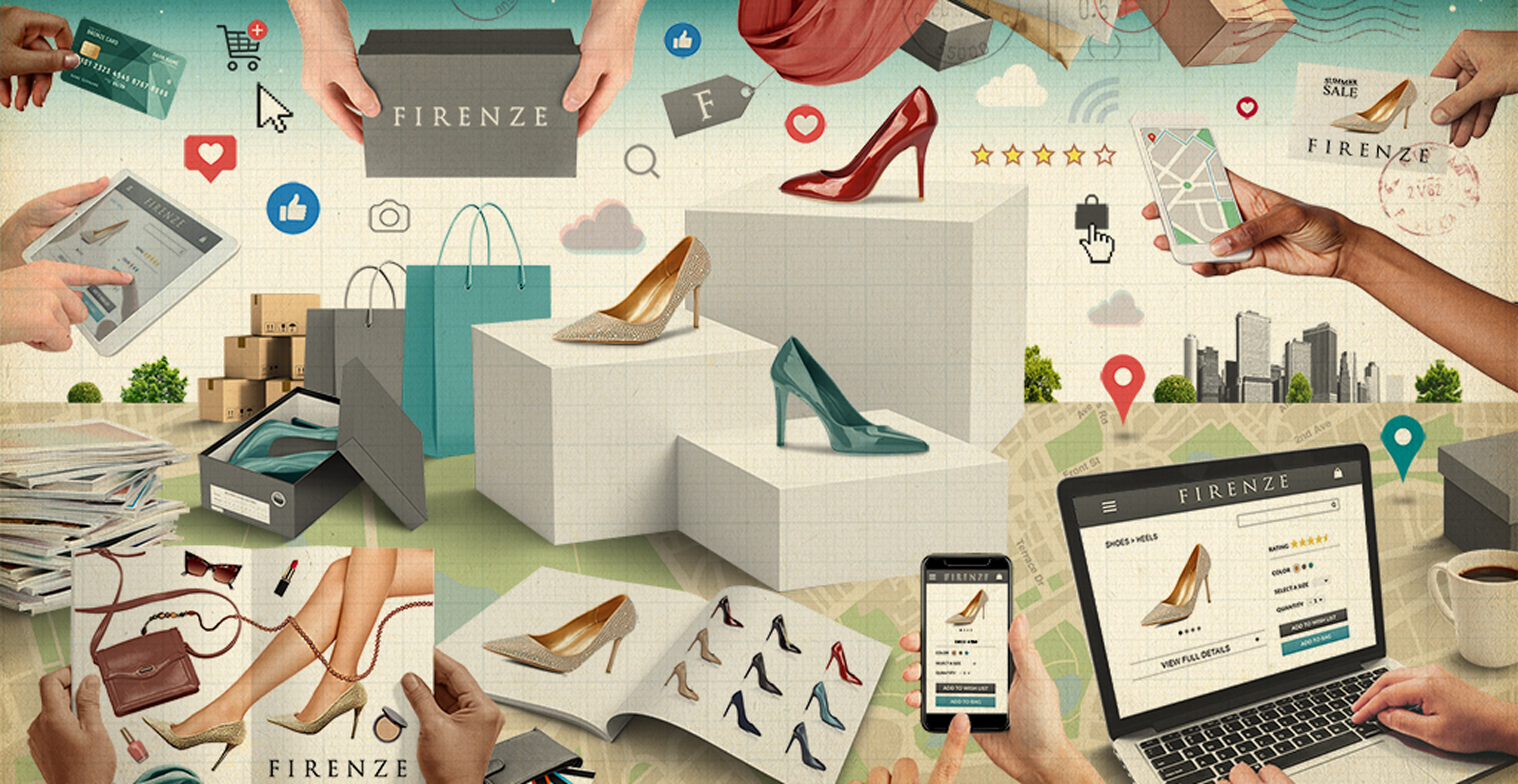Marketing in the lap of luxury
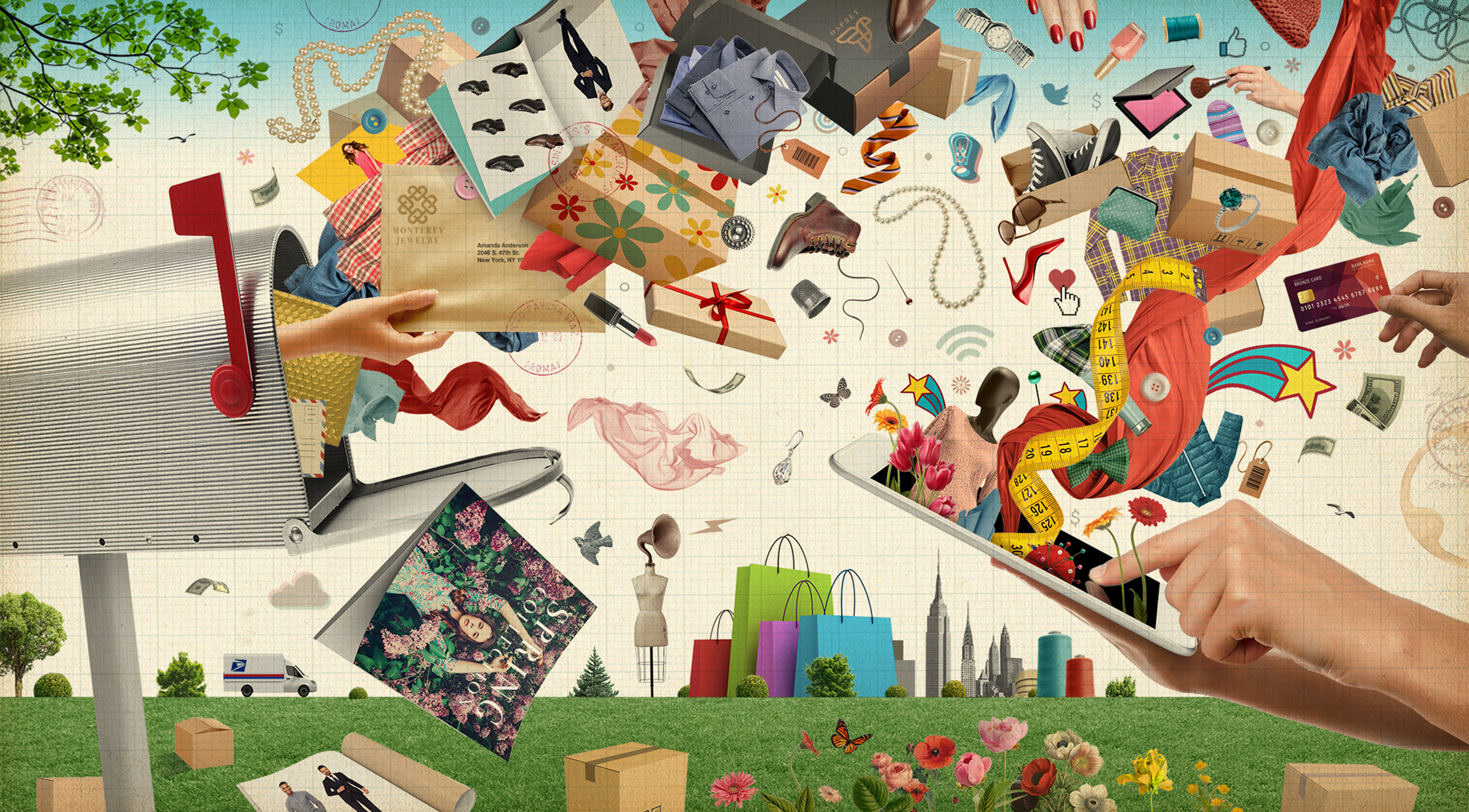
It’s not just a phase, mom
Just as innovation in the luxury industries has evolved, so have customer expectations. Premium brands that ignore trends in the ways their premium consumers shop for and purchase goods can lose relevance and their audience. But don’t worry, following these five trends will have your luxury brand living fancy-free.
